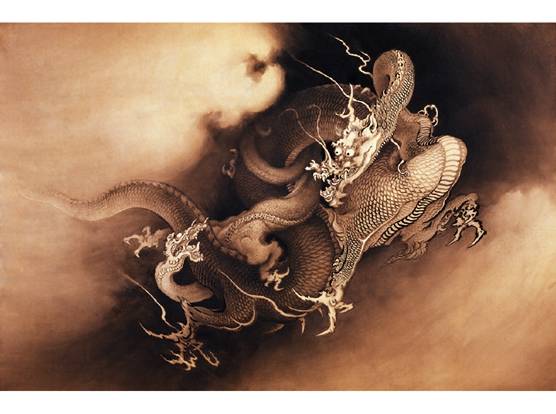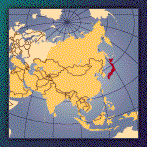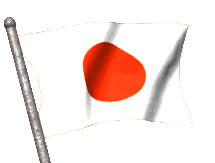|
|
|
 |
*Home
*Geography
*Population
*Government
*Economy
*Communicat's
*Transportional
*Military
*Transnational Issues
*Maps
*Gallery
Data code: JA
Government type: constitutional monarchy
Capital: Tokyo
Administrative divisions: 47 prefectures; Aichi, Akita, Aomori, Chiba, Ehime, Fukui, Fukuoka, Fukushima, Gifu, Gumma, Hiroshima, Hokkaido, Hyogo, Ibaraki, Ishikawa, Iwate, Kagawa, Kagoshima, Kanagawa, Kochi, Kumamoto, Kyoto, Mie, Miyagi, Miyazaki, Nagano, Nagasaki, Nara, Niigata, Oita, Okayama, Okinawa, Osaka, Saga, Saitama, Shiga, Shimane, Shizuoka, Tochigi, Tokushima, Tokyo, Tottori, Toyama, Wakayama, Yamagata, Yamaguchi, Yamanashi
National holiday: Birthday of the Emperor, 23 December (1933)
Constitution: 3 May 1947
Legal system: modeled after European civil law system with English-American influence; judicial review of legislative acts in the Supreme Court; accepts compulsory ICJ jurisdiction, with reservations
Suffrage: 20 years of age; universal
Executive branch:
chief of state: Emperor AKIHITO (since 7 January 1989)
head of government: Prime Minister Yoshiro MORI (since 5 April 2000)
cabinet: Cabinet appointed by the prime minister
elections: none; the monarch is hereditary; the Diet designates the prime
minister; the constitution requires that the prime minister must command a
parliamentary majority, therefore, following legislative elections, the leader
of the majority party or leader of a majority coalition in the House of Representatives
usually becomes prime minister


Legislative branch: bicameral Diet or Kokkai consists of the House
of Councillors or Sangi-in (252 seats; one-half of the members elected every
three years - 76 seats of which are elected from the 47 multi-seat prefectural
districts and 50 of which are elected from a single nationwide list with voters
casting ballots by party; members elected by popular vote to serve six-year
terms) and the House of Representatives or Shugi-in (500 seats - 200 of which
are elected from 11 regional blocks on a proportional representation basis
and 300 of which are elected from 300 single-seat districts; members elected
by popular vote to serve four-year terms)
elections: House of Councillors - last held 12 July 1998 (next to be
held NA July 2001); House of Representatives - last held 20 October 1996 (next
to be held by October 2000)
election results: House of Councillors - percent of vote by party - NA; seats
by party - LDP 102, DPJ 47, JCP 23, Komeito 22, SDP 13, Liberal Party 12,
independents 26, others 7; note - the distribution of seats as of December
1999 is as follows - LDP 105, DPJ 57, Komeito 24, JCP 23, SDP 13, Liberal
Party 12, independents 6, others 12; House of Representatives - percent of
vote by party - NA; seats by party - LDP 240, NFP 142, DPJ 52, JCP 26, SDP
15, Sun Party 10, others 15; note - the distribution of seats as of December
1999 is as follows - LDP 267, DPJ 93, Komeito/Reform Club 48, Liberal Party
39, JCP 26, SDP 14, independents 9, others 4
Judicial branch: Supreme Court, chief justice is appointed by the monarch after designation by the cabinet, all other justices are appointed by the cabinet
